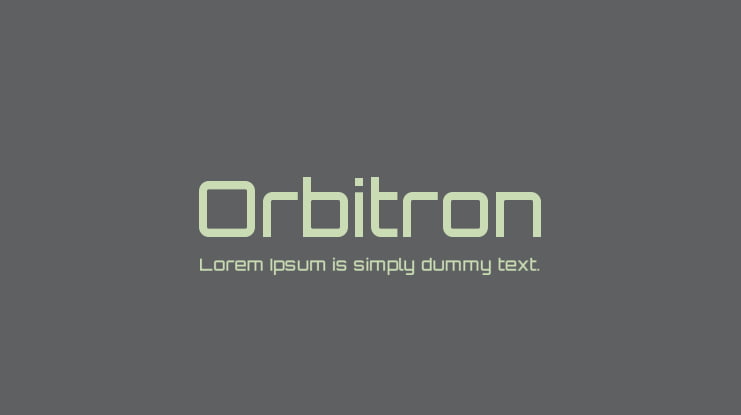


Among these, the 30 nm fiber appears to be organized into looped domains by an interaction of specific sequences (scaffold/matrix-attached regions, S/MARs) with proteins of a subnuclear structure called nuclear scaffold or nuclear matrix. This basic repetitive structure is then folded by the addition of chromatin proteins, such as histone H1, into a range of more highly condensed fibers and loops. On a first level, DNA interacts with the core histones to form the 10 nm fiber. The eukaryotic genome is organized in a hierarchical fashion within the nucleus. These data provide the first experimental evidence for the binding of an artificial episome to a nuclear matrix protein in vivo and the basis for understanding the mitotic stability of this novel vector class. Immunoprecipitation of the crosslinked DNA–protein complex demonstrates that pEPI-1 is bound to this protein in vivo. In a south-western analysis, the vector shows exclusive binding to hnRNP-U/SAF-A, a multifunctional scaffold/matrix specific factor. We studied the interactions of pEPI-1 by crosslinking with cis-diamminedichloroplatinum II, after which it is found to copurify with the nuclear matrix.

It has been suggested that mitotic stability is provided by a specific interaction of this vector with components of the nuclear matrix. PEPI-1, a vector in which a chromosomal scaffold/matrix-attached region (S/MAR) is linked to the simian virus 40 origin of replication, is propagated episomally in CHO cells in the absence of the virally encoded large T-antigen and is stably maintained in the absence of selection pressure.


 0 kommentar(er)
0 kommentar(er)
